It’s time to stop blaming competent practitioners. The other day I read about a woman using bloodroot salve to try to heal suspected cancer on her nose. Her face sloughed off.
Bloodroot, a plant native to North America, is touted for its medicinal properties, but research dating as far back as 1880 has found no evidence that it is either safe or effective to treat cancer. She tried it anyway.
What if she had tried seeking treatment from a medical professional? Maybe they could have cured her. And, of course, perhaps not. But even if best medical practices wouldn’t have worked, did applying a folk remedy that made her face fall off improve her situation? Was it rational to try this as a “last resort”? Was it ethical for the unlicensed naturopath treating her to recommend it? Was it the medical professional’s fault that modern medical science simply can’t cure all ills with a 100% success rate?
No, no, no, and no.
…Wrong Blog?
Yes, this is really about dogs. So let me spill the tea: there’s a raucous group of dog trainers and fanciers out there claiming that competent practitioners are the biggest problem in dog training these days. They claim that when some issues don’t resolve immediately with modern, evidence-based methods, the solution is to choose abusive, unethical and non-evidence based practices. Well-meaning dog owners are being led astray by these polemics. And dogs are suffering.
Our industry’s best practices are easy to understand. First, set up the dog’s environment so he can be successful. Then, if there is a manners problem, resolve it by reinforcing behaviors you want and identifying and removing reinforcement for behaviors you don’t want. If the dog has an aggression, anxiety, or fear problem, it can be resolved in two mutually supportive ways. Desensitization involves exposing your dog to the problem trigger at a level at which he is not afraid and slowly increasing the intensity. Counter-conditioning teaches the dog that the trigger predicts something very, very positive – like rotisserie chicken. Throw in some reinforcement for desired behaviors and you’ve got a plan.
These tactics have mountains of research behind them – over 100 years’ worth. And they work in real life, too, not just in rat cages. You don’t need to create physical pain, fear, or avoidance in dogs in order to teach obedience skills or resolve behavior problems.
The American Animal Hospital Association agrees, saying “trainers should have a certification in dog training from a reliable organization that has, as its foundation, the sole use of positive methods.” Not “first use.” Sole use.
Why is this? Well, because aversive-based training can lead to the behavioral version of your face falling off. The American Veterinary Society of Animal Behavior notes in a position statement that aversive-based training has “potential adverse effects which include but are not limited to: inhibition of learning, increased fear-related and aggressive behaviors, and injury to animals and people interacting with animals.”
But What About…
Realize that these warnings are not in reference to the occasional mild aversive events that daily life brings to each of us. Ethics in training don’t mandate a perfect life free from frustration. Your dog wears a leash and collar because in the end, occasionally bouncing to the end and feeling a little pull is better for his welfare than being hit by a truck. You make your dog go out in the rain to pee, and he’s quick to escape it and return inside. These mild nuisances are not what we’re cautioning against, although you should still keep an eye on your dog’s stress reaction to any aversive event – adding a raincoat may help your dog’s quality of life if they view every drop of water as a personal insult.
Reality Hits
Back to the matter at hand – best practices work! Use them and things will always go right. You’ll never need to resort to anything else. You’ll avoid that nasty fallout. Seems logical.
Here’s the rub. Behavior is complex. Sometimes you can do everything right and still fall short of a goal. As with practically anything else in life, results of training will vary. After several hours of competent training, your dog will have a beautiful come when called in many situations. But he may still not come when called 100% of the time. Remind me of which professional basketball player has never missed a free throw. To err is human; perfection must be canine.
We hold them to higher standards than we hold ourselves.
Sometimes the competent practitioner’s techniques would work, but require a greater commitment than the owner is prepared to make. If your dog has a severe separation-related panic disorder, it may take months of practicing small, safe absences for him to feel safe enough to stay home alone for 4 hours without tearing your windowsills off. This is not easy news for an owner to hear.
Competent practitioners understand science and refuse to promise guarantees. Even working as efficiently as possible, they can’t always churn out the results a client wants in the time frame the client imagined. “I’d like him to stop biting people by next Tuesday when the grandkids arrive for the summer.”
We live in a fast-paced, results-driven society. If I pay someone enough money, can they make it happen faster? The simple answer is “no,” when biology is involved. You can’t pay your personal trainer double and make your muscles grow twice as fast, or give your gardener a tip to ensure your roses bloom before your mother arrives to visit.
Your dog trainer does not have the power to make neural connections grow faster than the natural world allows.
Nature wins. It always does. Competent trainers know that, and will tell you up front.
Sinister Music Here
Enter the less–than-competent practitioner. The one who guarantees results, the one who says it’s the dog’s fault anyway because he’s being ‘dominant’ and deserves to be put in his place, the one who says that yes, it’s ok, or even necessary, to intimidate, shock or choke your dog enough to make them just stop. “We use all the tools in the toolbox.” But when those tools are iron maidens and thumbscrews and poisonous bloodroot, is this really to be applauded?
My clients are capable people who just need some help in the realm of dog knowledge. I empathize with their desire to alleviate stress and frustration, and squash a problem, fast. I don’t blame the owners for the ills of my profession. They are trying so hard to get it right. They trust us dog trainers. But some of the “us” are failing them.
The shiny marketing guarantees of overnight change, a hallmark of pain-based trainers, are alluring to the average dog owner. They tell owners what they want to hear: “trade the carrot for the stick, and we can do it in no time”.
An owner requests their twelve week old puppy be taught to take himself out the dog door to potty, staying only in their unfenced suburban front yard while mom and pop are inside having breakfast. Wait, you can’t do that in a week? The electric fence company says they can.
A dog landed a severe bite when her owner picked up her food bowl. The owner wants to make sure she’s “safe” when the grandkids come visit. Wait, the only way to completely ensure safety is to feed her in a separate, locked room when the grandkids are present? Well, the trainer down the street promises that after two weeks of cutting off the dog’s air supply for any glimmer of aggression around food, my grandkids will be able to hang off his ears while he’s eating. Why can’t you promise that?
An owner gives up on the tough, slow desensitization process needed to fix a panic disorder. Their trainer recommends using a bark collar when the dog is crated during work hours. They buy it.
I will be blunt.
The electric fence company won’t say that it’s unsafe for a puppy to be left unsupervised in a yard without a physical fence, and that training with electric shock can lead to a fear of little orange flags, people, or the yard itself that is never erased. Heck, they’ll rarely even use the words “electric shock”. Euphemism is better marketing. This is incompetence and gross negligence.
The trainer of the guarder won’t say that by punishing out any glimmer of communicative aggression and by avoiding safe physical confinement, he has made it more likely that the dog will someday, overwhelmed, jump straight to a bite. This is incompetence and gross negligence.
The panicking dog wearing a shock collar may not bother the neighbors any more, but now he’s trapped in a hell of anxiety and fear every day. This is incompetence and gross negligence.
A New Paradigm
We need dog owners to face reality with us. It’s not the competent practitioners who are to blame for a client’s unrealistic goals or for learning that occurs, as it must, at biological speed. Stick with us, and don’t get drawn off-sides, for the sake of your dog.
Instead of using quick-fix methods to try to make a problem just go away, buckle down on humane training and celebrate every incremental change. And if it’s really not working? Be willing to change your expectations instead of trying a “last resort” option that is inhumane and potentially dangerous. If your severely aggressive dog still displays risky behavior after hours of competent work, commit yourself to multiple levels of environmental management instead of sending him to a trainer who will make him too scared of the world to dare interact with it again. Yes, there are fates worse than death.
Dig in and find real, lasting solutions. Take responsibility for your dogs’ quality of life and consider that they owe us humans nothing – not obedience, not walks without pulling, not sitting nicely for visitors – and we, with all the power in the relationship, owe them everything – food, shelter, enrichment, exercise, kindness, kindness, kindness.












